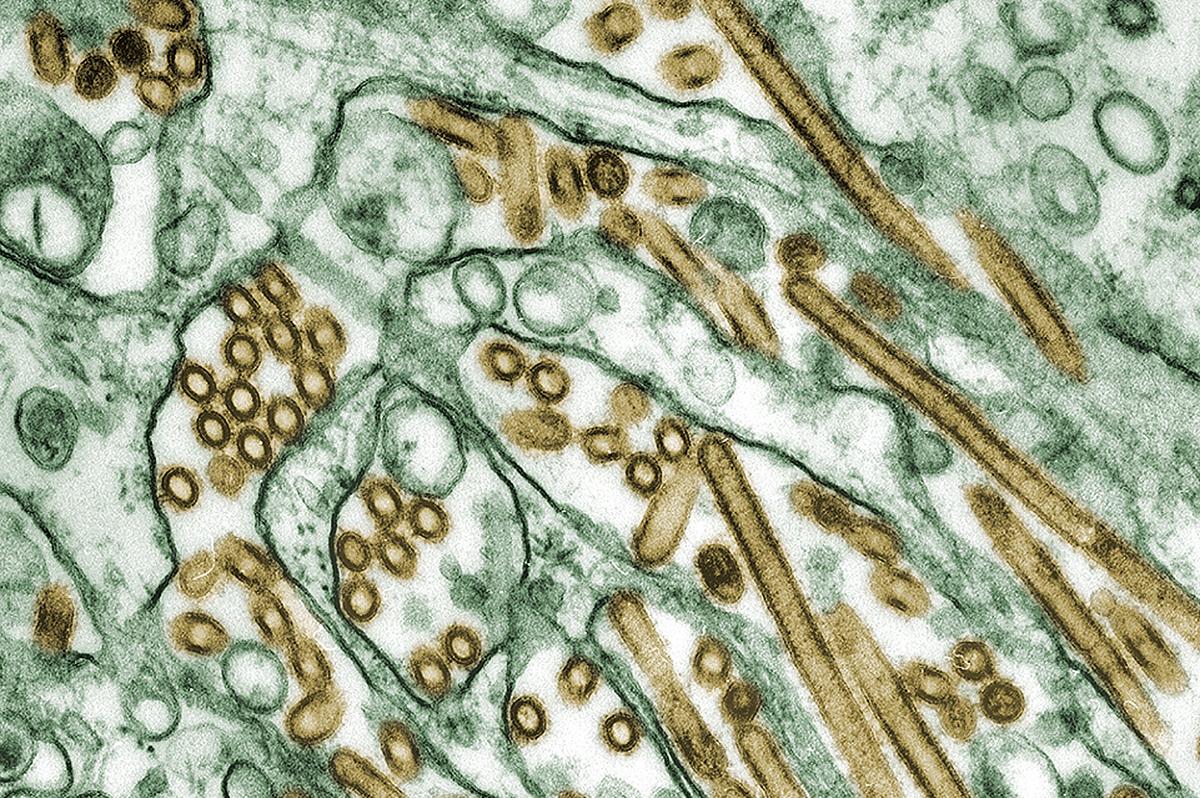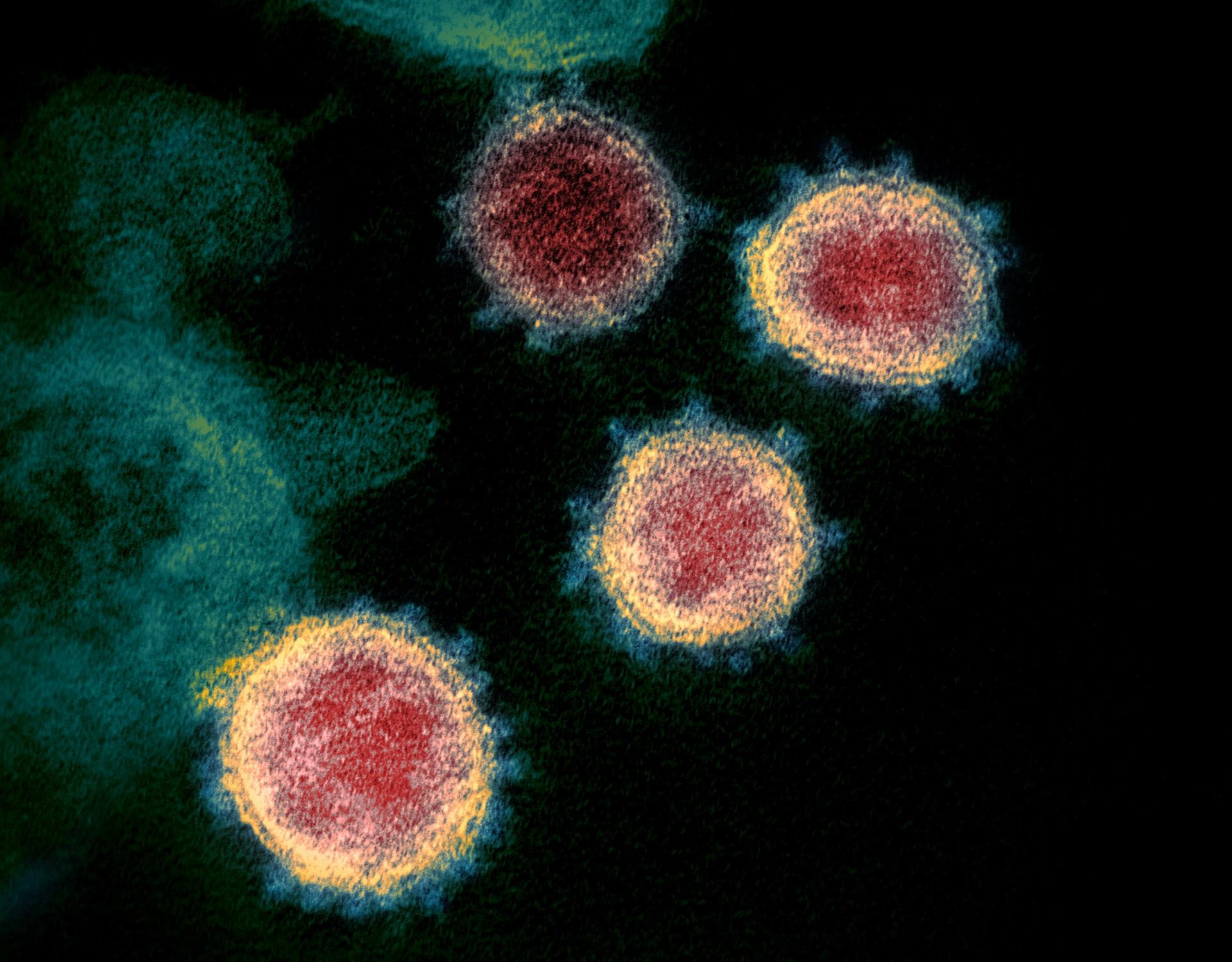SARS-CoV-2 variants retain high airborne transmissibility by different strategies
SARS-CoV-2 variants evolve to balance immune evasion and airborne transmission, yet the mechanisms remain unclear. In hamsters, first-wave, Alpha, and Delta variants transmitted efficiently via aerosols. Alpha emitted fewer viral particles than first-wave virus but compensated with a lower infectious dose (ID50). Delta exhibited higher airborne emission but required a higher ID50. A fall in airborne emission of infectious Delta virus over time after infection correlated with a decrease in its infectivity to RNA ratio in nasal wash and a decrease in contagiousness to sentinel animals. Omicron subvariants (BA.1, EG.5.1, BA.2.86, JN.1) displayed varying levels of airborne transmissibility, partially correlated with airborne emissions. Mutations in the non-spike genes contributed to reduced airborne transmissibility, since recombinant viruses with spike genes of BA.1 or JN.1 and non-spike genes from first-wave virus are more efficiently transmitted between hamsters. These findings reveal distinct viral strategies for maintaining airborne transmission. Early assessment of ID50 and aerosolized viral load may help predict transmissibility of emerging variants.

